The easiest vegetables to grow are the ones you can regrow from scraps. Yes, that’s right – you can regrow your kitchen waste.
Why would you want to regrow vegetables?
- It is much less expensive than buying them. In time, you may save a LOT of money!
- Growing your own food is much healthier. You can fully control what goes into the product and be sure that your food is really Health Food.
Many people are interested in plants that grow in water since it would be the easiest way to start. While this method has a few advantages over traditional soil-growing ones, it also has some drawbacks. We’ll go over them at the end of this post.
So, are you thinking about throwing away or composting your kitchen scraps? Before you rush to the store to buy seeds, read this post. You can start a really nice herb garden by regrowing cuttings and seeds. Often, your vegetables and herbs will grow faster and be of much better quality than from the store-bought seeds!

As we have mentioned before, vegetables and herbs that grow in water are the easiest to regrow. Some of the most common vegetables you can regrow from kitchen scraps are:
- onions
- celery
- lettuce
- basil
- leeks.
These are also among the common vegetables you can grow indoors in the winter in some cold climate areas (see USDA planting zones map). Furthermore, how fun it is to add colorful greens to your soups and salads when it is snowing outside!
In order to achieve that, concentrate on vegetables that grow in water. Among them are all the herb cuttings, onion, celery, and leeks.
Check out some healthy recipes here:
32 Healthy and Easy Meal Prep Ideas for Breakfast, Lunch, and Dinner
1. Regrowing Celery from Scraps
One of the easiest vegetables to grow is celery. Most importantly, you can regrow it in water from the part you usually cut and throw away.
How to grow celery from scarps? First, cut off the bottom part of the celery bunch (you can’t use just the individual stalk for that purpose). Second, place it in water in a small cup or a shallow bowl so that the bottom slightly touches the water or is just close to it.

Consequently, in a few days, you’ll see the roots start growing from the bottom trying to reach the water. At the same time, a new green shoot will grow on the top.
Third, place your new plant in a well-lit spot and watch it grow. In fact, you can even harvest new stalks for salads and stews. Furthermore, when your plant has lots of roots, plant it in the garden and continue harvesting it.
2. Regrowing Green Onions
Onion deserves a top spot in the easiest vegetables to grow list. In the same fashion, it is pretty easy to regrow green onions from scraps. Of course, when using green onions for salads and toppings, you’ll cut off the bottom part.
Don’t throw it away! Indeed, you can place it in a small glass filled with water, change the water daily and watch it grow.
Consequently, plant it in your herb garden and continue harvesting green spears throughout the summer.
On the positive side, it will save you money on fresh produce as you’ll buy it once and use it for a prolonged period of time. It also reduces waste, saves energy, and builds self-sufficiency.
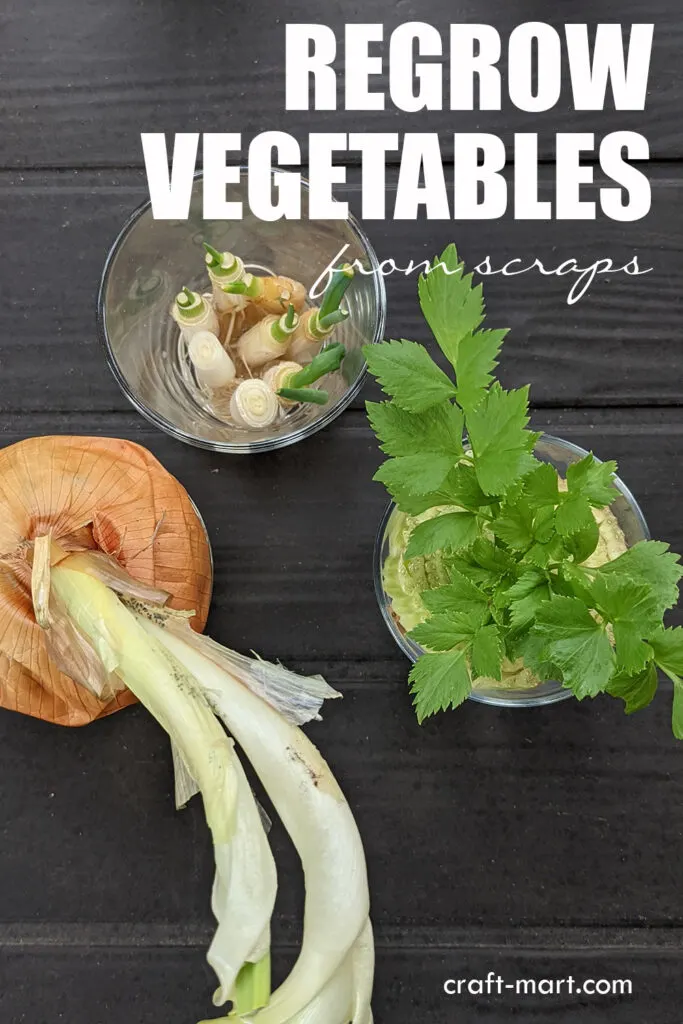
3. Regrow Onion
From time to time, you’ll see onions start sprouting green shoots, especially if they are stored in a warm place. Under those circumstances, you don’t have to throw it away or compost it.
Rather place it in water and watch it grow. In fact, the onion will grow roots pretty fast and then you can plant it in the garden and continue harvesting greens. In fact, you’ll be growing onions from onions.
Furthermore, you can regrow onions using the bottom root end of the bulb. Use the whole onion for cooking leaving 1/2 inch bottom.
In this case, you can immediately plant it in a sunny spot in your garden, covering the top with soil. Keep it moist but not too wet. As a result, you’ll see a few new green shoots sprouting from it in just a few days.
4. Grow Basil from Cuttings
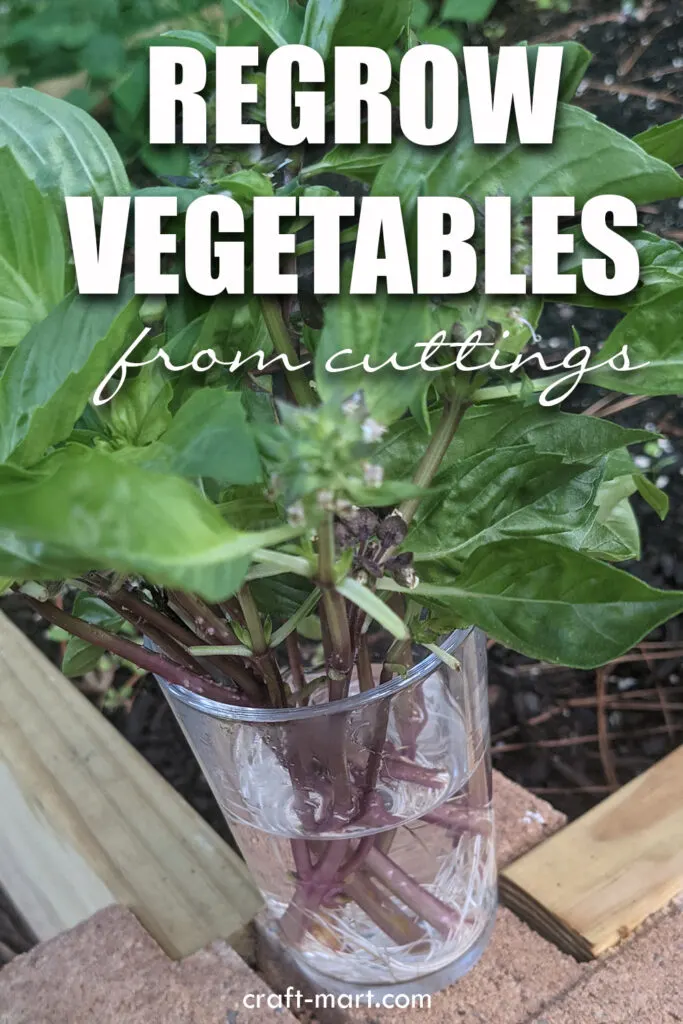
In fact, growing basil from cutting cuts the harvest time in half! You won’t have to sow the seeds, wait for them to sprout, then wait for basil leaves to grow.
Most importantly, put basil in water to keep it fresh and stimulate root growth. Meanwhile, you can continue harvesting leaves.
As a result, instead of throwing away the parts of basil you’d normally discard, you’ll have healthy plants ready to be planted. You’d save money on not buying greenhouse seedlings while double-using your produce. In fact, it is a clever little gardening hack.
Basil cuttings will grow roots pretty fast and then you can transplant your plants into a sunny raised bed. Notably, just a few basil plants will provide plenty of fresh basil for the whole summer for pesto and caprese.
5. Growing Cucumbers from Garden Waste
Surely, if you have ever grown cucumbers, sometimes you’ll miss one or two when harvesting your crop. As a result, these cucumbers will be overgrown and yellow if you leave them on a wine for a while.
In fact, they are not edible but don’t put them in your compost yet. On the contrary, cut them in half and scoop out the seeds. Cucumbers can often be the easiest vegetables to grow since they do not require a lot of attention.
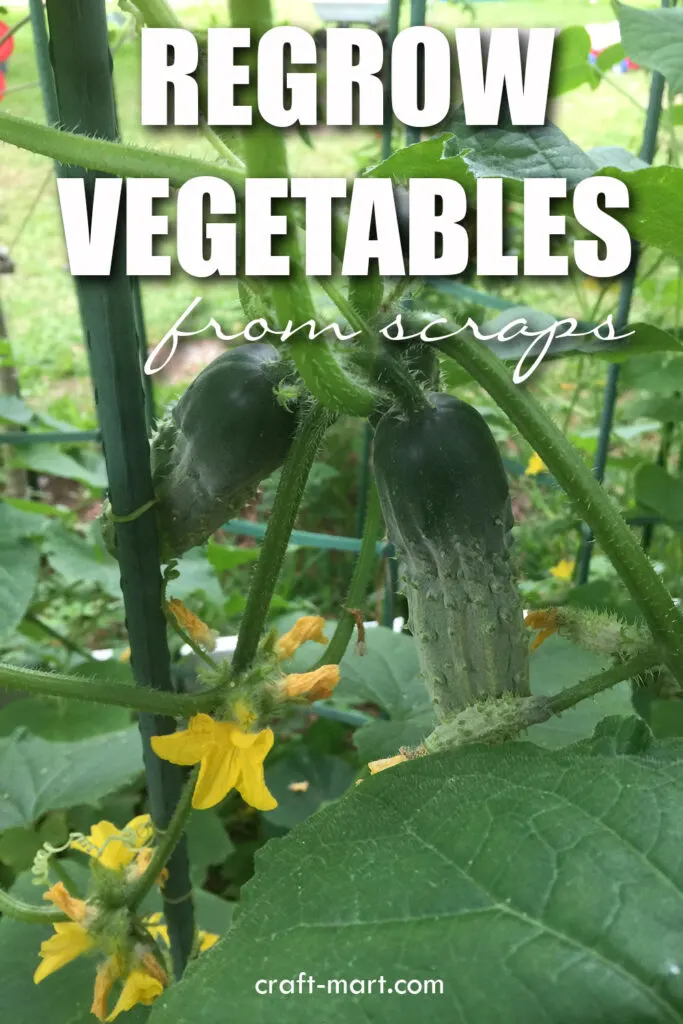
Place the seeds on a paper towel and leave them to dry for a few days. Then fold the paper towel and store it until the next planting season. You can grow cucumbers next year from salvaged seeds.
In fact, instead of garden waste, you’ll have your own organic seeds to plant. Most importantly, year after year you’ll save lots of money as the price of organic seeds keeps going up.
Most importantly, we noticed that our cucumber plants are healthier and more productive than the ones grown from store-bought seeds. All things considered, they are probably more adapted to the local weather and end up less prone to diseases.
6. How to Grow Spinach
Spinach is one of our favorites among garden vegetables. In fact, we are not growing it – it grows itself year after year.
As soon as the spring sun is out and we start to prepare our garden beds, we start seeing spinach sprouting everywhere. A few years ago, we bought three plants of spinach Malabar from a local store.
Since then, this sturdy and heat-tolerant plant has been producing and re-seeding itself in our garden. I’ve shared these plants with numerous friends and neighbors.
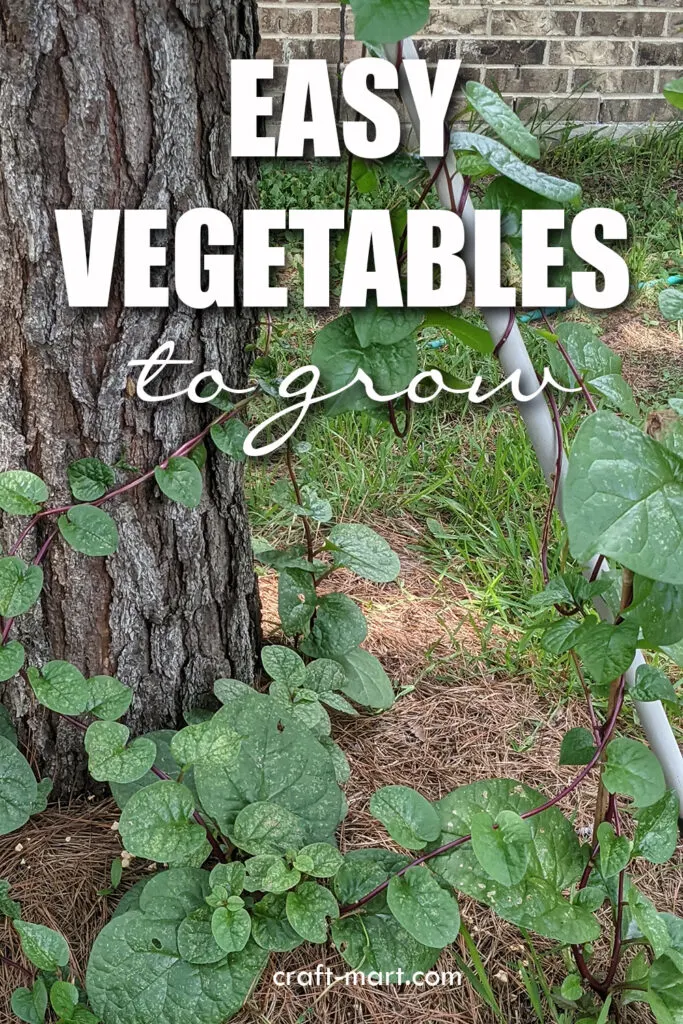
Most importantly, it is so tolerant that it doesn’t need good soil to thrive. In fact, we usually place it under a tree or a pine to provide support as it loves to climb.
One or two plants would provide plenty of leaves for fresh salads and soups all summer long. Even if you forget to water this spinach, it will keep thriving and greeting you with dark green leaves, pretty flowers, and dark purple seeds.
In fact, the seeds make a perfect natural colorant for deserts and keto fat bombs.
7. Regrowing Squash from Kitchen Scraps
If you have ever cooked squash, you’ve probably scraped out the middle with the seeds to discard it. So did I – and happily placed it in our composting garden bed.
To my surprise, the seeds produced an abundance of healthy butternut squash plants, After all, we were able to harvest 12 perfect organic squashes from these scraps. To me personally, these squashes were by far the easiest vegetables to grow ever!

Most importantly, squash doesn’t require a whole garden bed to grow. You can just guide it to spread on the grass or around the garden bed.
Moreover, it will put forward roots to get additional moisture from the ground. All things considered, it is one of the easiest vegetables to grow from kitchen scraps.
8. Growing Tomatoes from Slices
From time to time, an occasional tomato can start going bad when you store them. Don’t put it in the wastebasket!
Instead, cut off a slice that is not in perfect shape anymore and put it on top of the soil of your garden bed. Cover it with soil and watch as the little seedlings will appear in a few days.
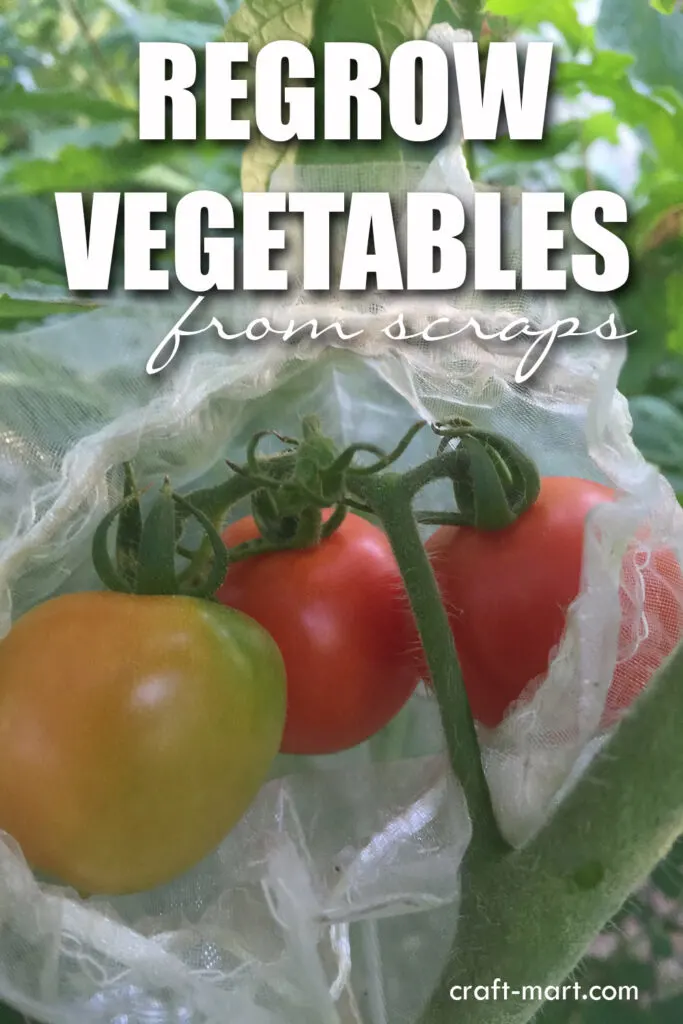
Eventually, you can transplant them to a permanent spot in the garden and support them inside the tomato cages. In a due time, you’ll be able to harvest your own crop of tomatoes.
In fact, from just a couple of slices, you can fill up the whole garden bed that is 8′ x 4′. As long as the weather is warm, you’ll be harvesting fresh tomatoes for your kitchen.
As a matter of fact, if you’ve ever tried a tomato straight from the wine, it is hard to go back to store-bought tomatoes. It just tastes amazing! This is true for all vegetables, especially tomatoes and cucumbers.
As seen above, we use simple jewelry bags (or mesh produce bags) to protect ripening tomatoes from bugs and birds. In reality, this simple gardening hack works 80% of the time.
9. Growing Bell Peppers from Scraps
When you cut bell peppers, you’d normally throw away the middle part which has all the seeds. Just separate the seeds from the soft lining and place them in a small bowl until you are ready to plant them.
We prefer organic bell peppers that are completely ripe and red. As a matter of fact, you’ll be guaranteed a high-quality crop if you use ripe high-quality bell peppers.
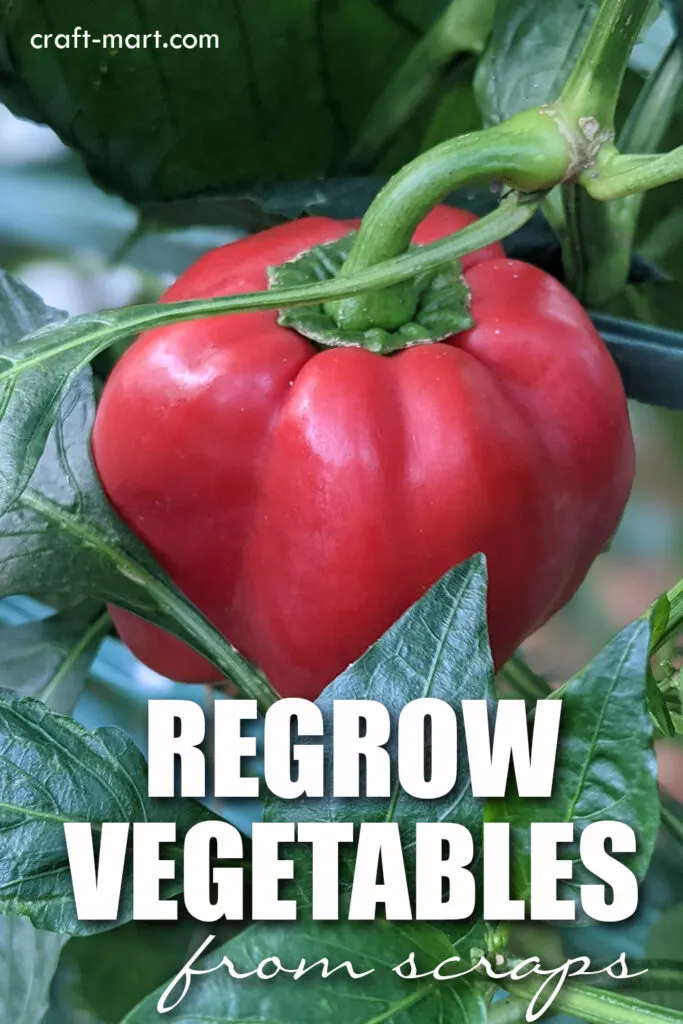
In reality, your kitchen waste has to be top-notch for regrowing vegetables from scraps! With this in mind, try to buy organic vegetables if you plan to regrow them.
Growing your plants in Soil vs. Hydroponics
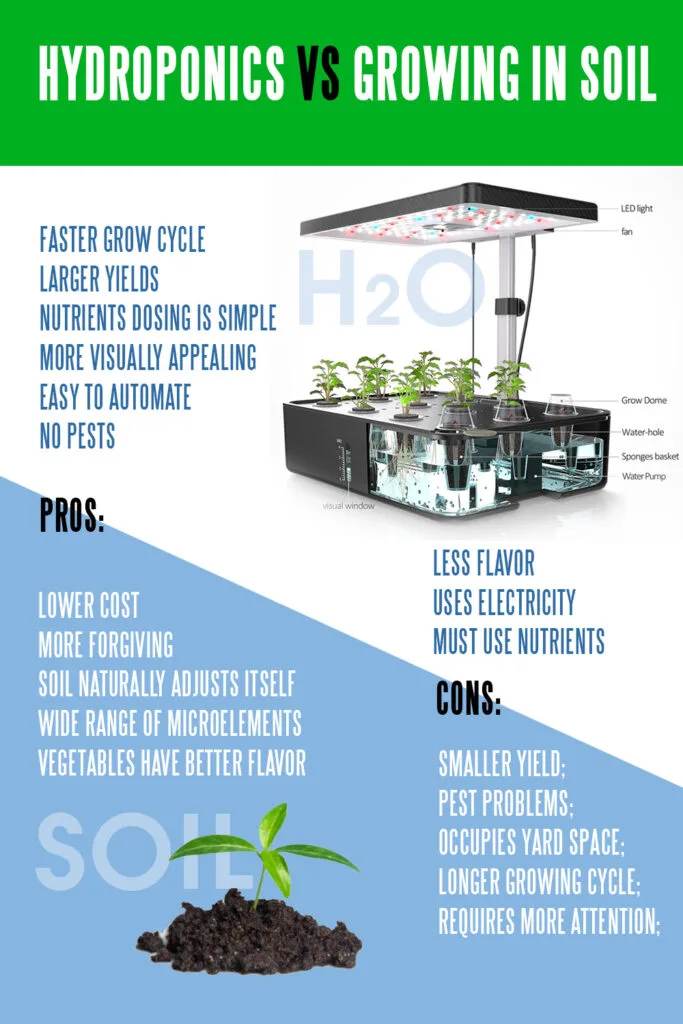
Growing your plants in soil is more forgiving than using hydroponics. However, plants grow slower. The yield is also can be smaller. Another rather frustrating thing would be a constant fight with pests and fungus.
On the positive side, your harvest will taste better and will be more nutritious since the soil has a really wide spectrum of microelements that the hydroponics method is not able to replicate.

Check out this Vertical Garden Bed here
Of course, your decision-making will also depend on a few other factors.
Pros and Cons of growing plants in soil
Pros:
- Wide range of microelements;
- More forgiving;
- Soil naturally adjusts itself;
- Lower cost;
- Vegetables have better flavor;
Cons:
- Longer growing cycle;
- Pest problems;
- Requires more attention;
- Occupies yard space;
- Smaller yield;
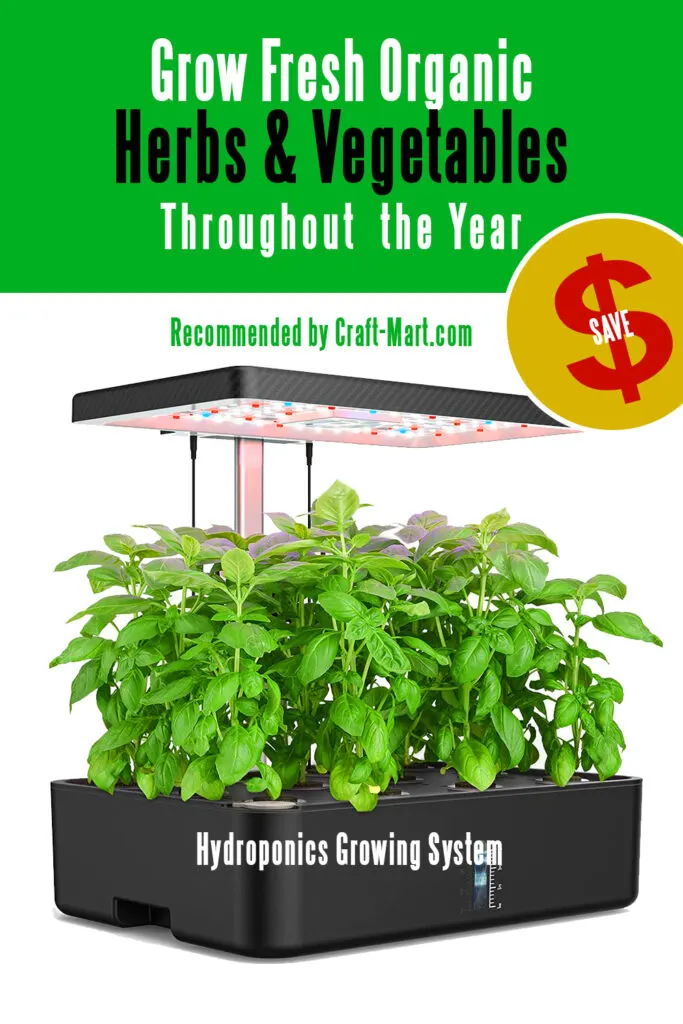
Check out this Hydroponics Growing System here
Summary
1. There are lots of vegetables you can quickly grow not only in your garden but also inside your home.
2. Regrowing them from kitchen scraps is a fun way to start gardening and save some money on fresh organic produce.
3. Using kitchen scraps often speeds up the growing process.
4. Hydroponics method also is fast.
5. Using Hydroponics and Soil methods together may help to have a steady stream of fresh vegetables and herbs.
6. If you don’t have a space for your soil garden, consider vertical beds like these ones (you can easily build them on your own as well if you have spare wood).
7. For tiny city apartments the best choice would be to set up one of the indoor hydroponics growing systems similar to this one.

